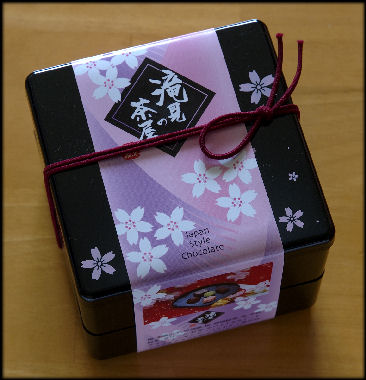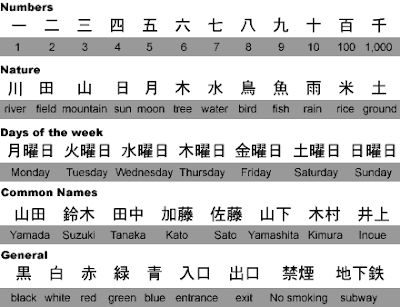Welcome to our blog!
There are a few reasons why we chose to name our blog FumiTsubasa. In Japanese, Fumi means writing and tsubasa means wings. It is our wings to fly you to Japan and get to know more about the culture of Japan. It will be a blog where we will be sharing a lot of good information about the culture of Japan to all of you ! we are sure you will like it~! enjoy ! =)
There are a few reasons why we chose to name our blog FumiTsubasa. In Japanese, Fumi means writing and tsubasa means wings. It is our wings to fly you to Japan and get to know more about the culture of Japan. It will be a blog where we will be sharing a lot of good information about the culture of Japan to all of you ! we are sure you will like it~! enjoy ! =)


















